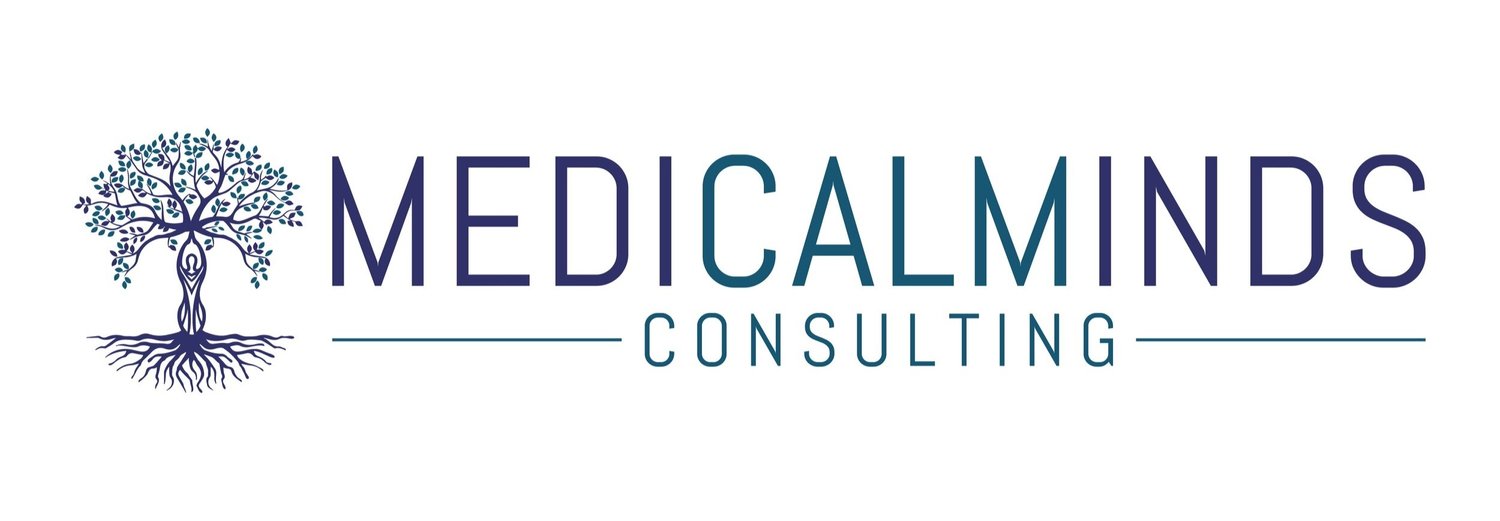It’s All Greek To Me
Did you know that the ancient Greeks had the ability to drain lung infections?
People got lung infections but there were no antibiotics. Sometimes the infection would get so bad that pus would build up in the lung cavity and drainage was required to save the person’s life. They had a variety of metal tubes they’d use to drain it out, of different widths and lengths depending on what seemed needed. But they needed to know where to make the incision to drain the infection. They didn’t have the diagnostic tools that we have, but they did have a method to use in addition to the physical exam.
The chest cavity is not that easy to get into. It houses the second and third most vital and vulnerable organs, the heart and the lungs. Only the brain is better protected by the body (although the ancient Egyptians could drain that too).
If you’ve ever treated a patient with an abscess, you know that the skin is hot, but it’s not always clear by physical exam where the inflammation is the greatest, particularly if the infection is deep to the skin, like in the lungs or lung cavity. The Greeks used an ingenious method to find the deep infection.
They would coat the torso of the patient with a thin layer of clay. Wherever the clay dried fastest was where the skin was hottest, and therefore the nidus of the infection. This is the location they would incise to drain the infection using a draining tube.Then they’d leave a piece of linen in as a wick, so the infection would continue to drain over several days, until the infection cleared or the patient succumbed.
Coaching is like the process of covering the torso with a thin layer of clay. A person would not be able to apply the clay on their own. There are places around the torso that the person cannot reach. Also, it would be difficult to apply a uniform layer of clay by oneself, and if the layer isn’t uniform, that would affect the drying time.
And frequently the area needing drainage was in the back, where a person can neither see nor reach easily. These are things we cannot do completely on our own. We lack the objectivity to see where the greatest inflammation is. We need that broader viewpoint provided by another person with skills. And there are places we cannot see because we choose not to.
In coaching, We use inquiry and examine answers to find the location where the client’s trouble looms the largest, where they are most stuck, where their most painful thoughts reside. Like the lungs, these thoughts are often deep and carefully protected by the body’s best defenses, where they can be sheltered from the outside observer.
But not all carefully guarded thoughts and feelings serve the client. Often they are the drivers of pain and suffering, inflamed if you will, from habits and norms of society. We need assistance to find and explore these areas. We can do a lot of it on our own, but sometimes to see clearly we need the perspective of another, someone we trust, to assist us in finding these locations.
However, unlike in medicine, the coach doesn’t make the incision, merely exposes the area to awareness. The client is the one who must release the pressure, if they chose, once they have seen and felt the problem. Only the client has the knowledge of what will unlock and drain their suffering. The pain may be great, but great relief will inevitably follow when the inflammation is drained away. And then healing can begin.























